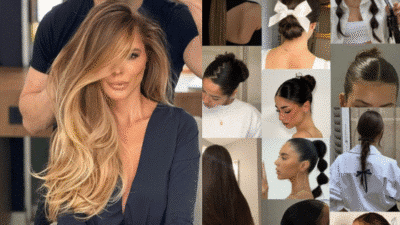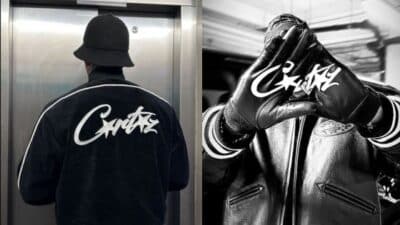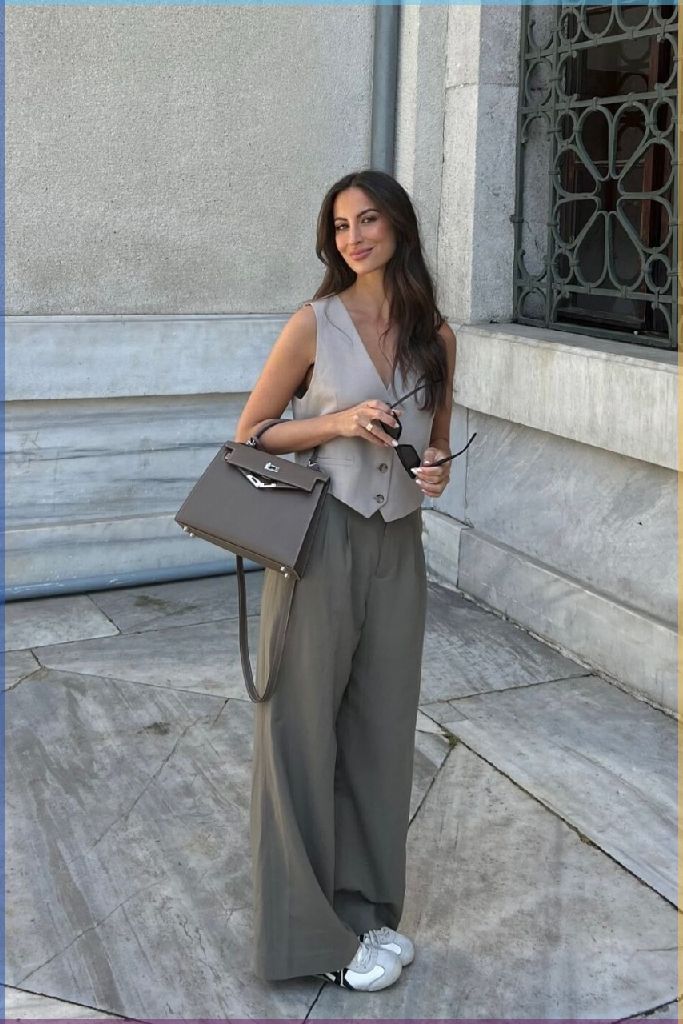
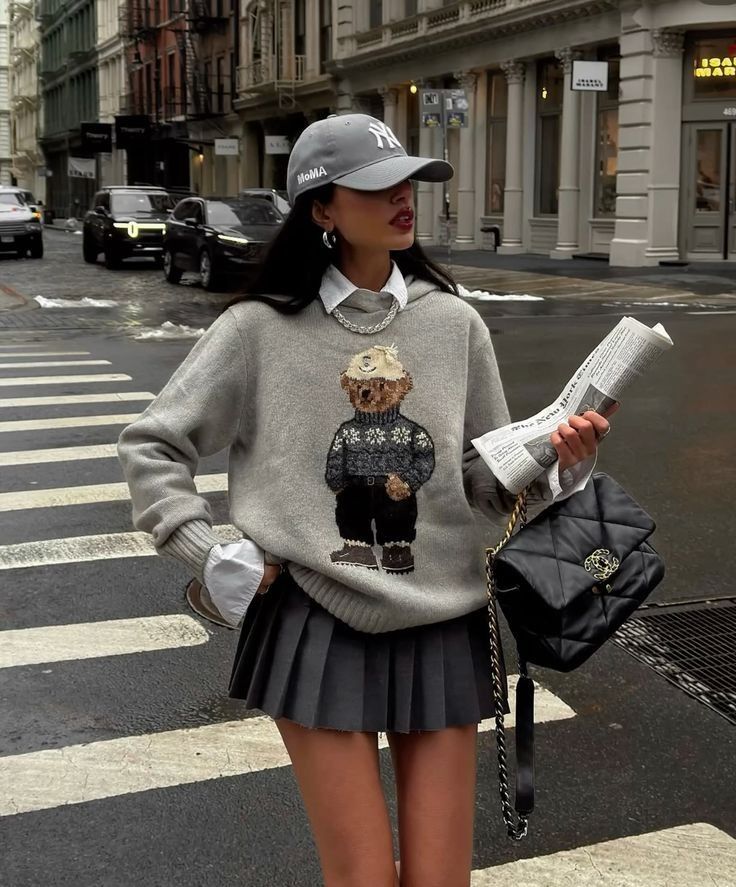
Finding the right outfits every day can feel tiring and confusing. Having a list of 10 go-to outfit ideas saves time and helps anyone look put together without stress. These ideas work for different occasions and styles, making dressing easier.
This list covers simple combinations anyone can try, whether it’s for casual days, work, or special events. It also includes tips on how to mix and match pieces to stay comfortable and stylish.
Key Takeways
- Easy outfit ideas help simplify daily dressing.
- Versatile looks fit multiple occasions.
- Mixing basics with trends can create fresh styles.
How to Curate 10 Outfit Ideas
Creating 10 outfit ideas requires knowing what fits well and matches personal tastes. It also means having the right clothes that work in different settings. Comfort should not be ignored while still looking put together.
Understanding Your Personal Style
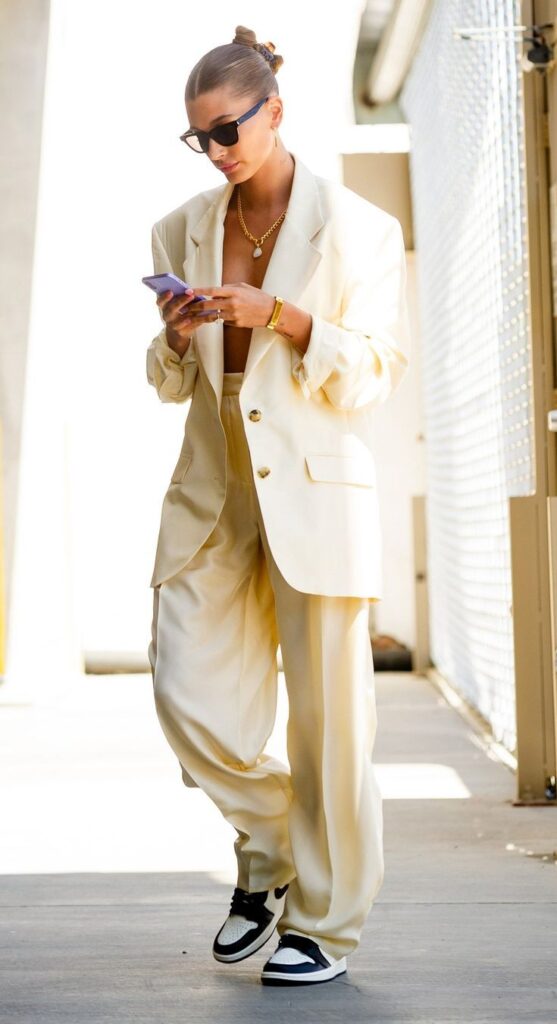
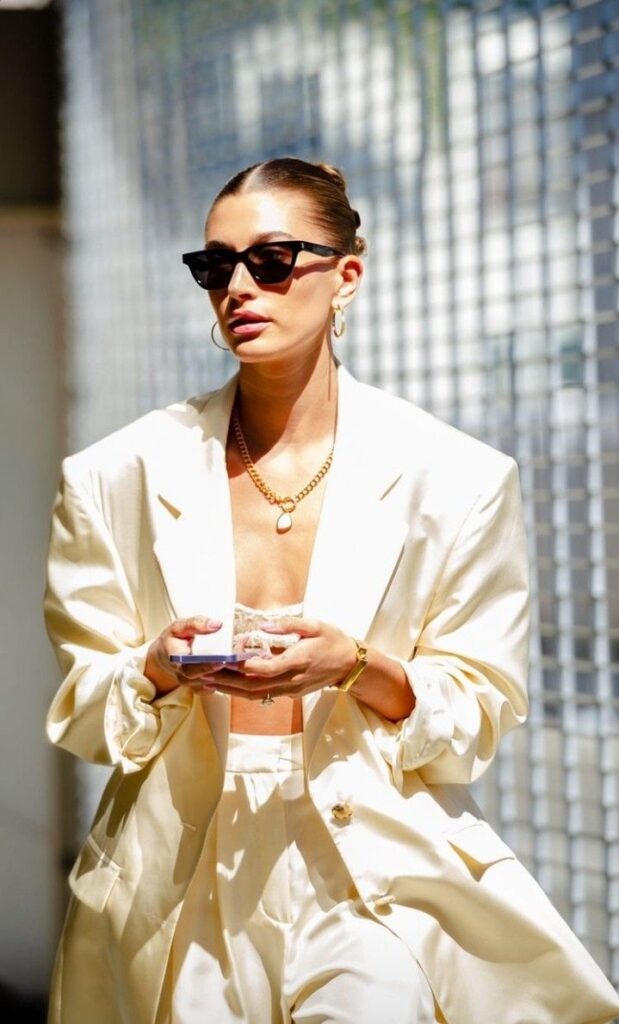
Knowing personal style means recognizing what clothes feel right and show personality. It helps to think about favorite colors, patterns, and types of clothing worn often. For example, someone who likes casual looks may prefer jeans and t-shirts, while another may lean toward more classic or formal pieces.
Looking at style inspiration from magazines, social media, or friends can help clarify what appeals. Writing down key style words like simple, bold, or elegant can guide choices. This step filters the options, making it easier to pick outfits that feel true to oneself.
Building a Versatile Wardrobe
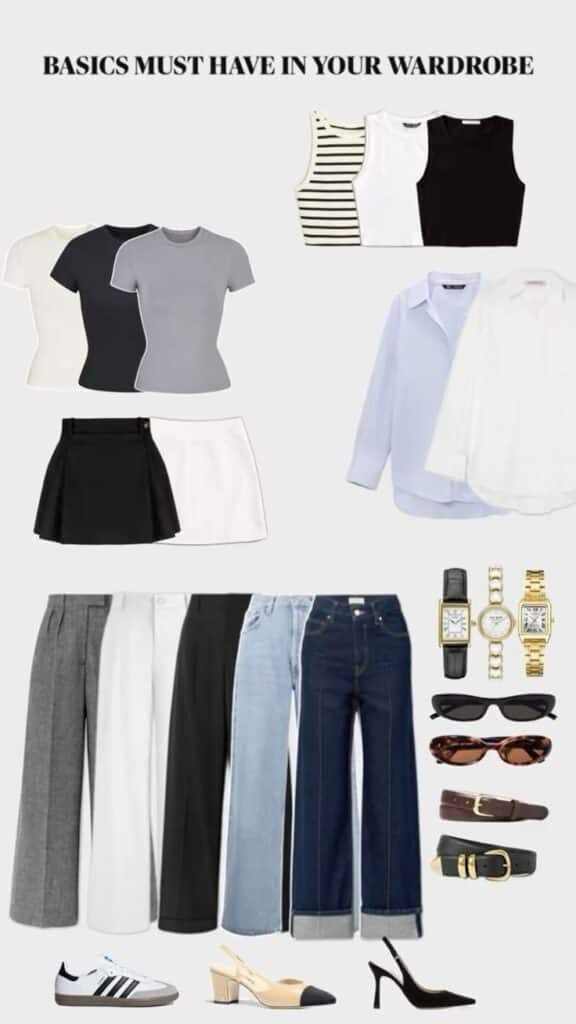
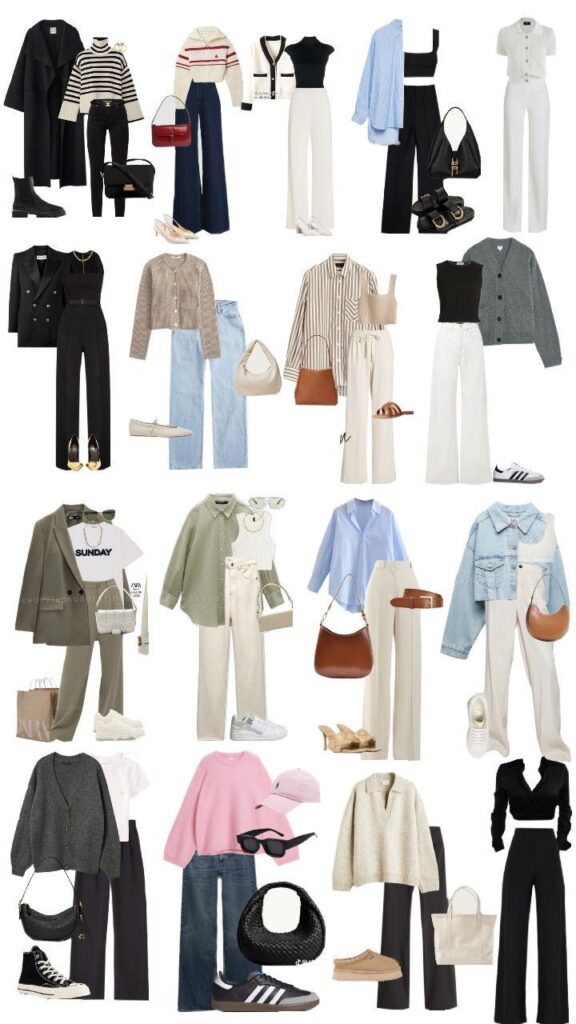
A versatile wardrobe includes pieces that can mix and match easily. Basics like plain t-shirts, neutral pants, and a good jacket serve as a foundation. Adding a few statement items such as patterned shirts or colorful accessories can enhance variety.
To maximize outfit combinations, focus on these essentials:
| Item | Purpose |
|---|---|
| Solid-colored tops | Easy to pair with patterns |
| Neutral pants | Work with many tops and shoes |
| Outerwear | Adds layers and style |
| Shoes | Match different styles and needs |
This approach saves time and money while creating many outfit possibilities.
Balancing Comfort and Fashion
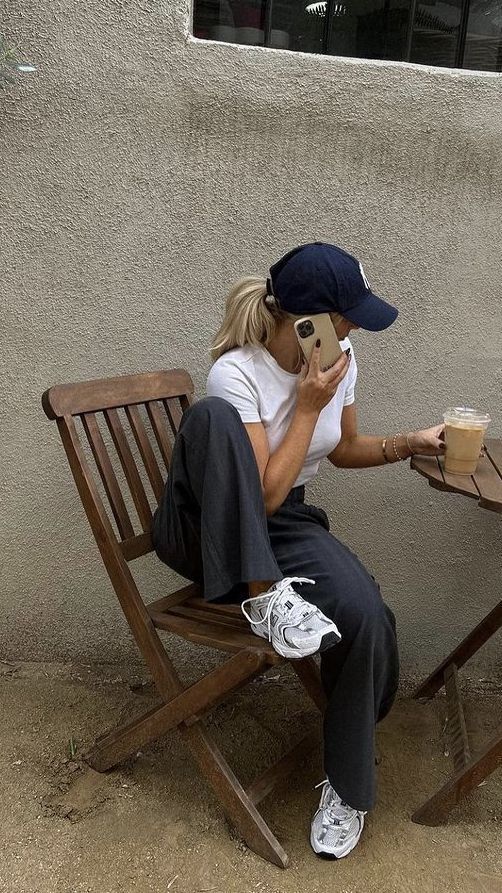
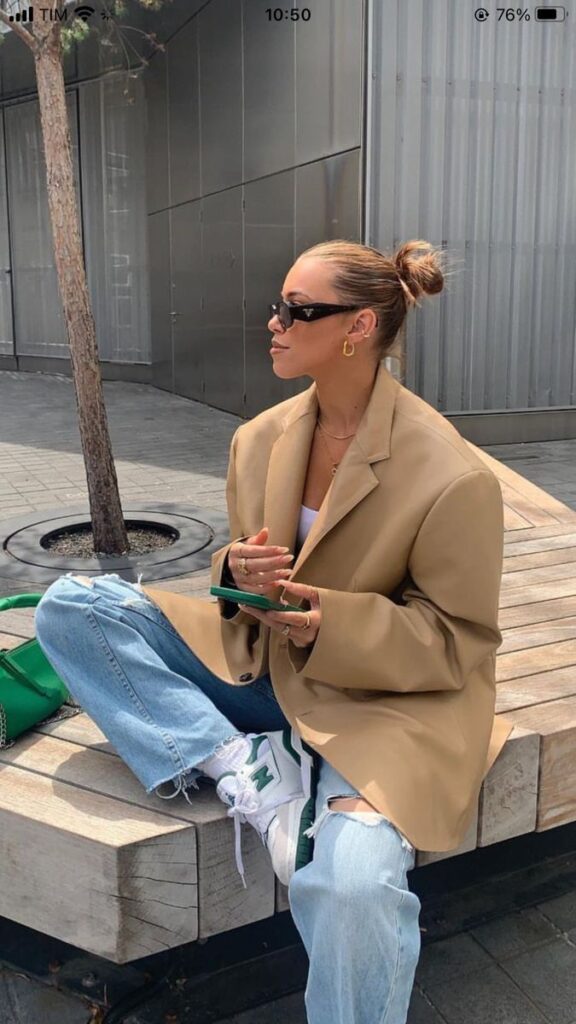
Comfort is key to wearing outfits confidently. Clothes should fit well and allow easy movement. Fabrics like cotton and stretch materials usually feel better all day.
Fashion choices should align with lifestyle needs. For example, someone active may choose breathable sneakers, while office workers might pick dress shoes that are also comfortable. Finding the middle ground between look and feel keeps outfits practical and stylish.
10 Outfit Ideas for Everyday Style
These outfit ideas focus on practical pieces that work for different parts of daily life. They balance comfort and style while fitting casual meetings, office settings, or relaxed weekends.
Casual Daytime Looks
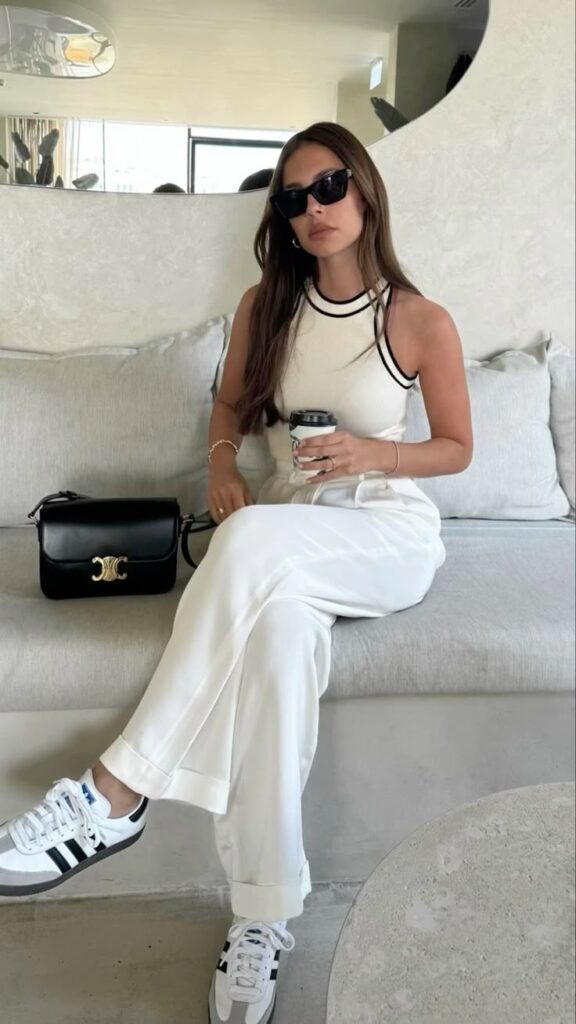
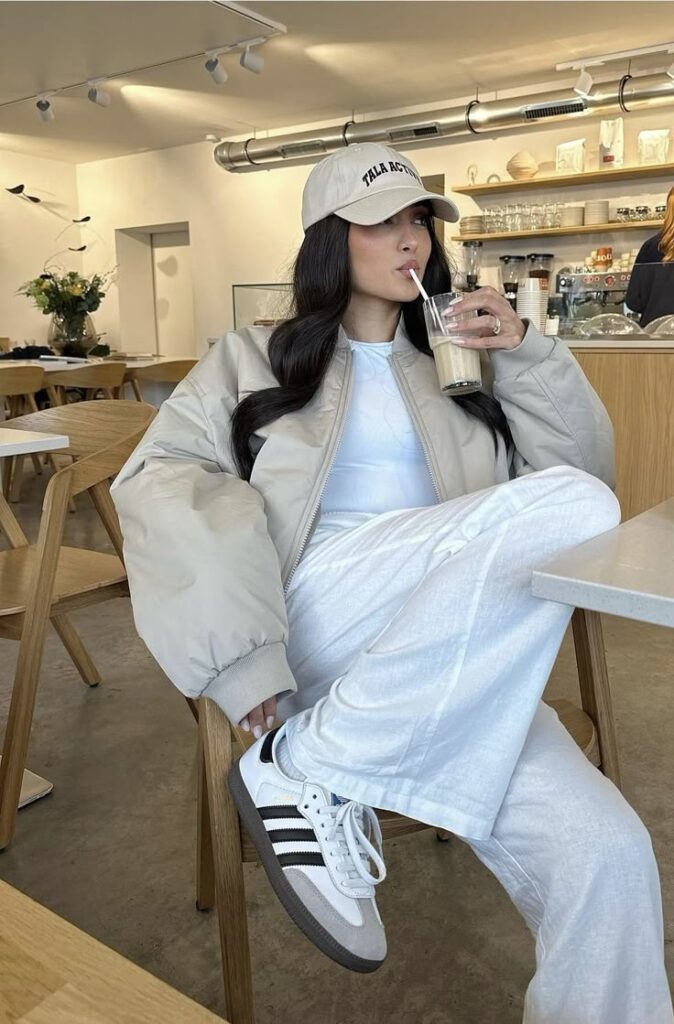
Casual daytime outfits use simple, comfortable clothes. A basic tee paired with jeans or chinos works well. Layer with a denim or light jacket for cooler weather.
Footwear like sneakers or loafers keeps the vibe relaxed but put together. Accessories such as a watch or a baseball cap add subtle style without being too flashy.
Colors often stay neutral or soft pastels to make mixing and matching easy. This look suits running errands, meeting friends, or casual outings.
Workwear Outfits
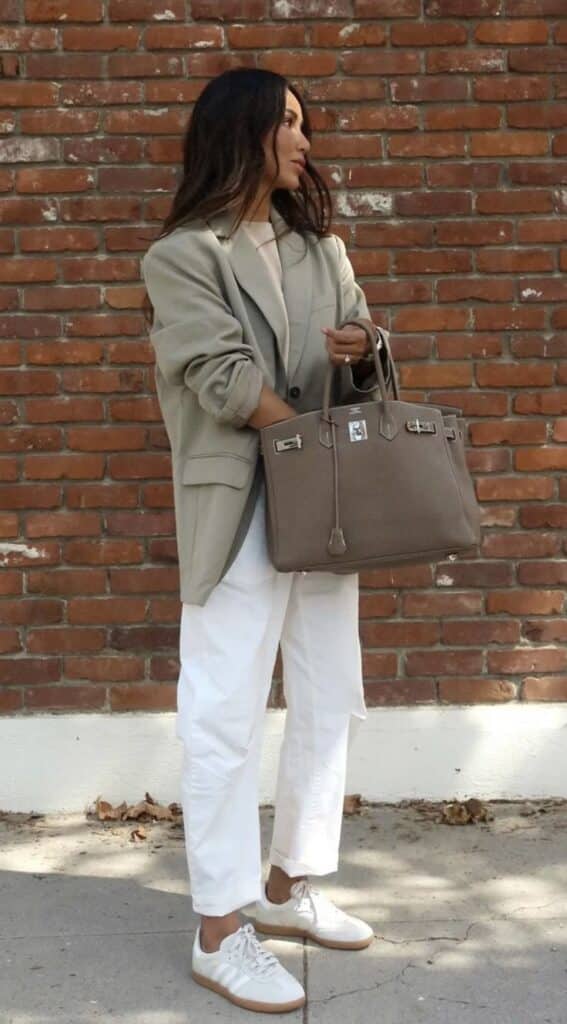
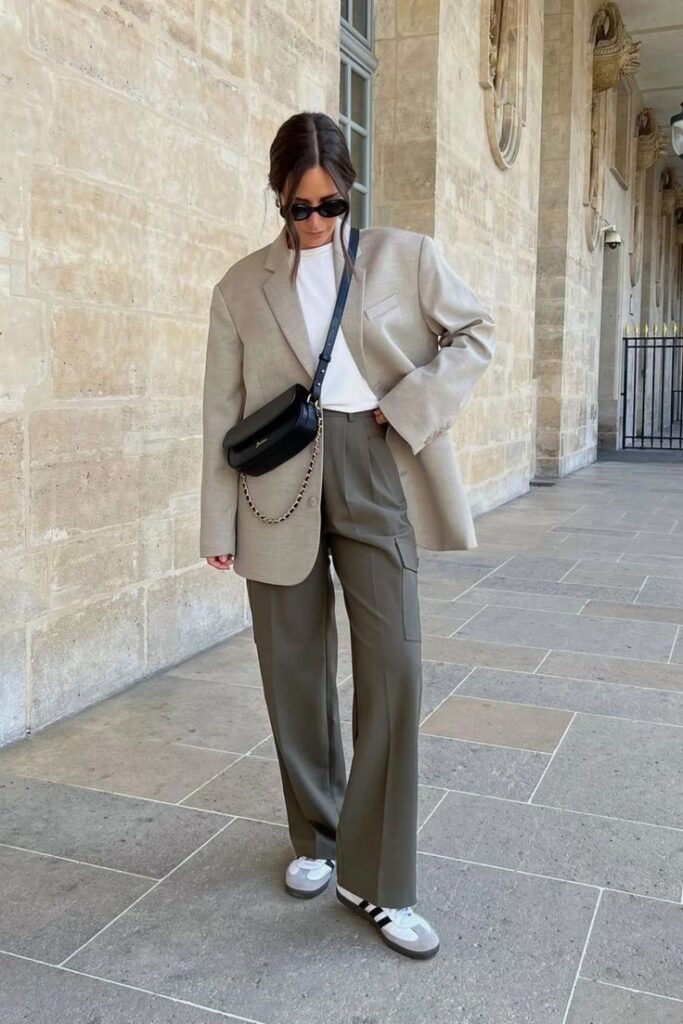
Workwear outfits focus on clean lines and smart basics. A button-up shirt with tailored pants or a pencil skirt is a good start.
Blazers or cardigans add polish while keeping the look professional. Closed-toe shoes like loafers or low heels complete the outfit.
Accessories should stay minimal—think simple jewelry and a structured bag. Neutral and solid colors like black, navy, and beige provide a sharp look for most offices.
Effortless Weekend Styles
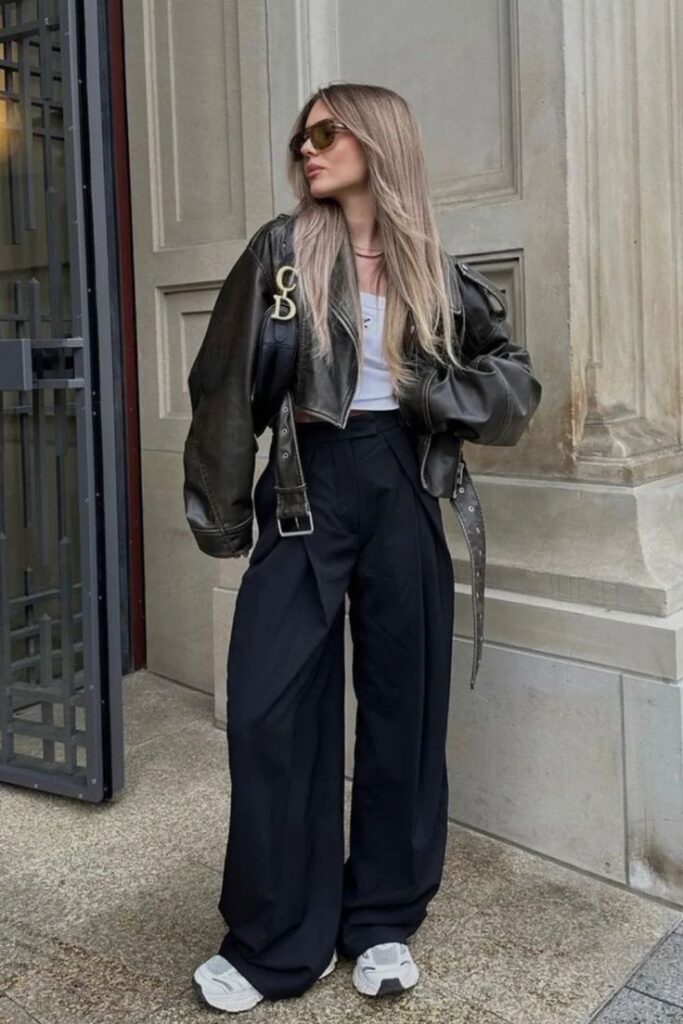
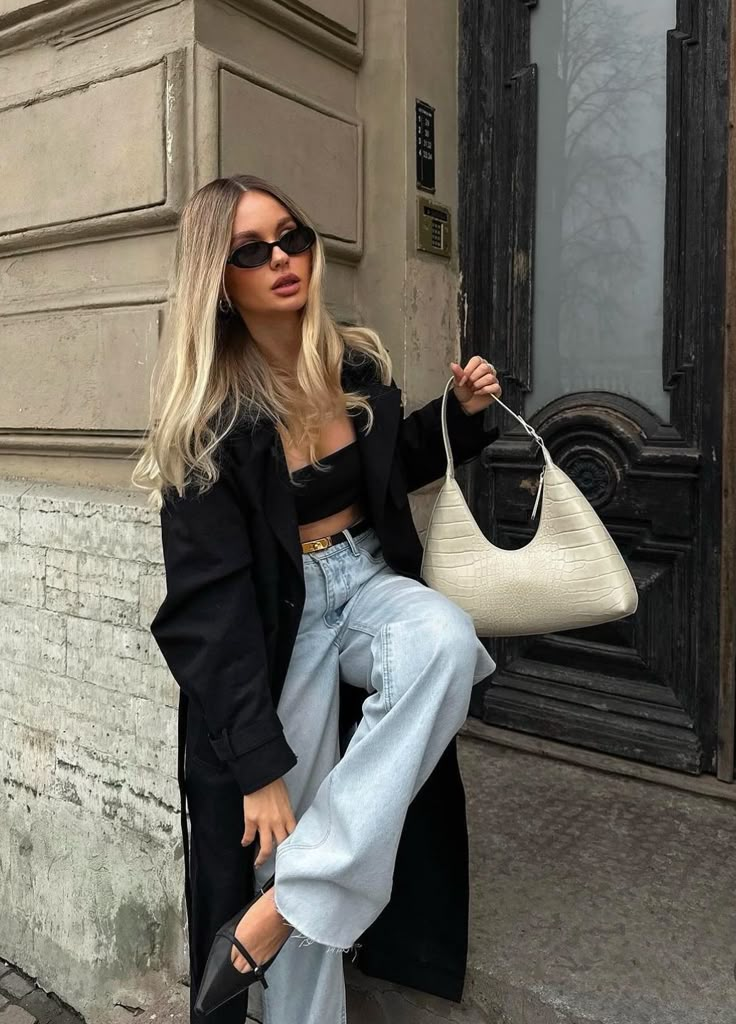
Weekend styles are about comfort with a bit of flair. Think soft sweaters, sweatshirts, or relaxed-fit tops with joggers or casual skirts.
Slip-on shoes like sandals or casual sneakers are perfect for easy movement. Adding a hat or scarf can add personality without much effort.
This style works for lounging, casual walks, or informal meetups. It prioritizes ease while still looking intentional.
Seasonal Outfit Inspirations
Dressing for each season means focusing on the weather and comfort while keeping style in mind. Layering, choosing the right fabrics, and picking suitable colors are all important.
Spring Outfits
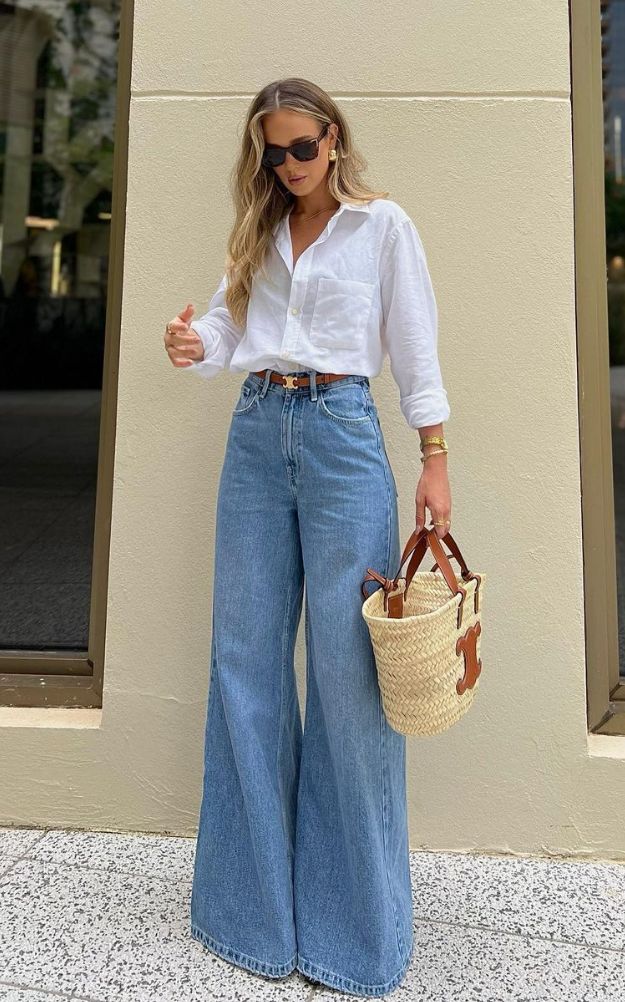
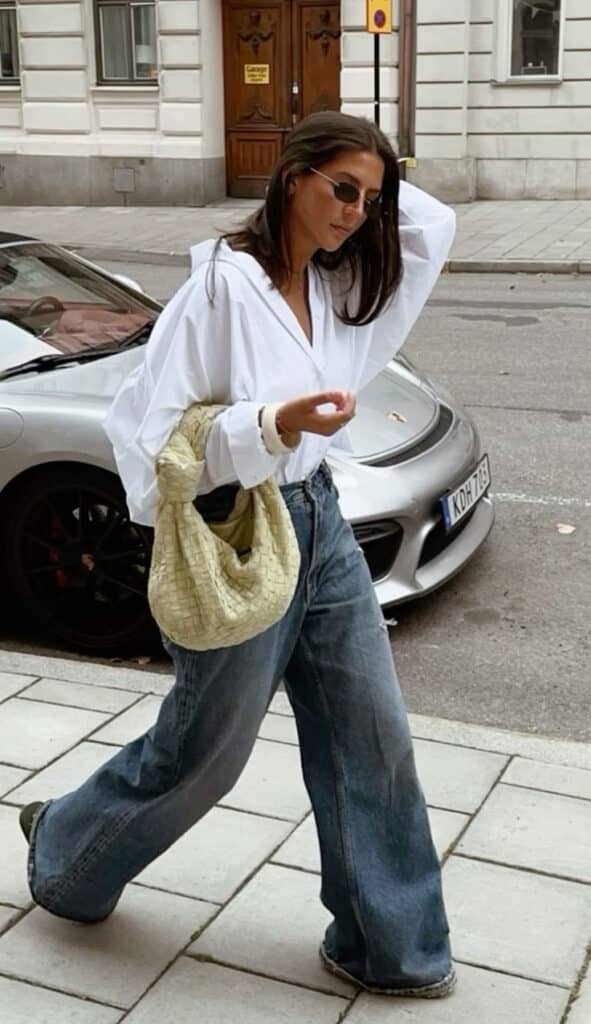
Spring calls for light layers and fresh colors. People often wear light jackets, like denim or bomber styles, over t-shirts or blouses. Floral prints and pastel shades fit well with the season’s fresh mood.
For bottoms, jeans or lightweight trousers work well. Comfortable shoes like sneakers or loafers complete the look. Accessories like scarves or simple jewelry add a nice touch without being too heavy.
Summer Outfits
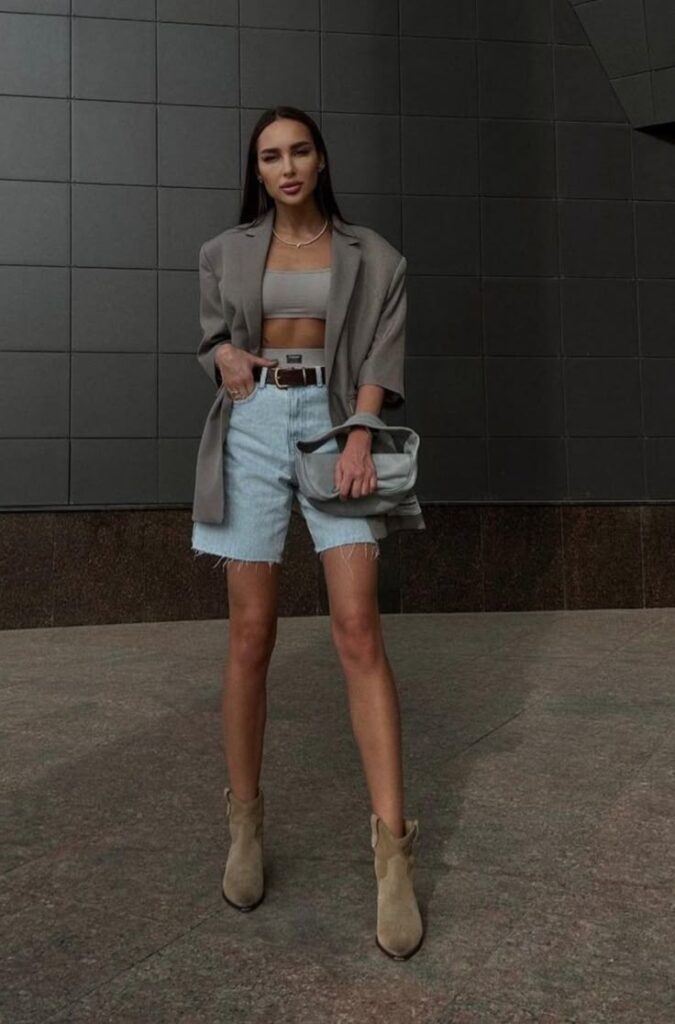
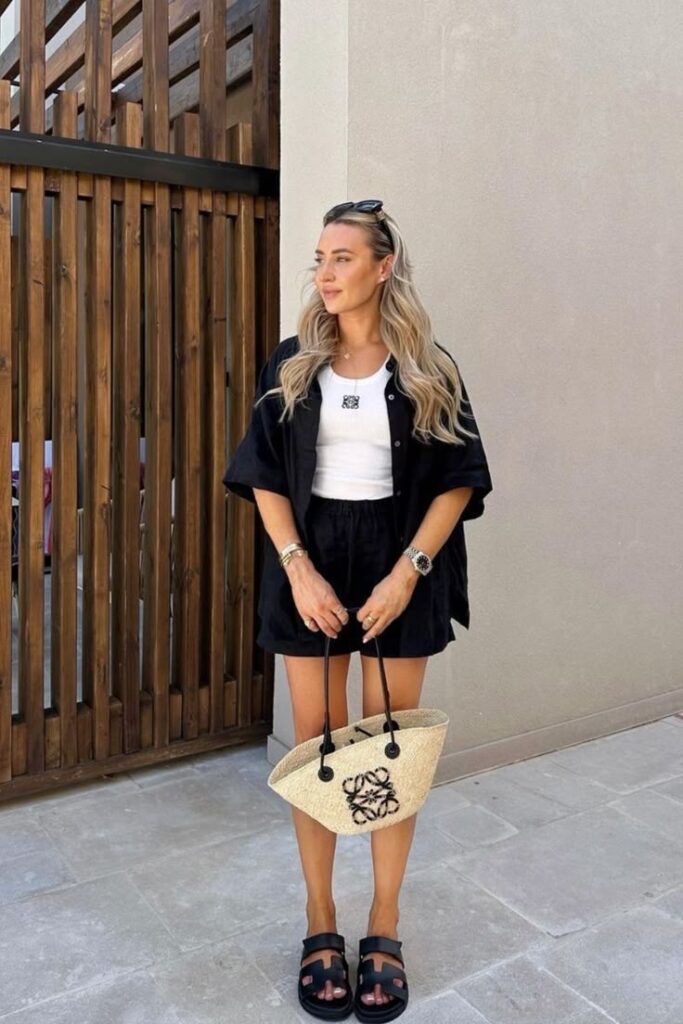
Summer outfits focus on staying cool and sun-safe. Light fabrics such as cotton and linen are popular for shirts, dresses, and shorts. Bright colors and bold prints often appear in summer wear.
Sunglasses, wide-brim hats, and sandals are key accessories. Dresses and tank tops keep things breezy, and shorts or skirts provide comfort. Avoid heavy layers to stay comfortable in the heat.
Autumn Looks
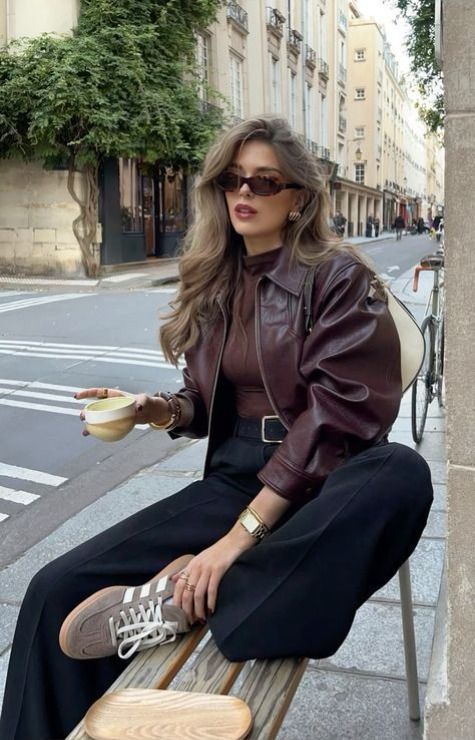
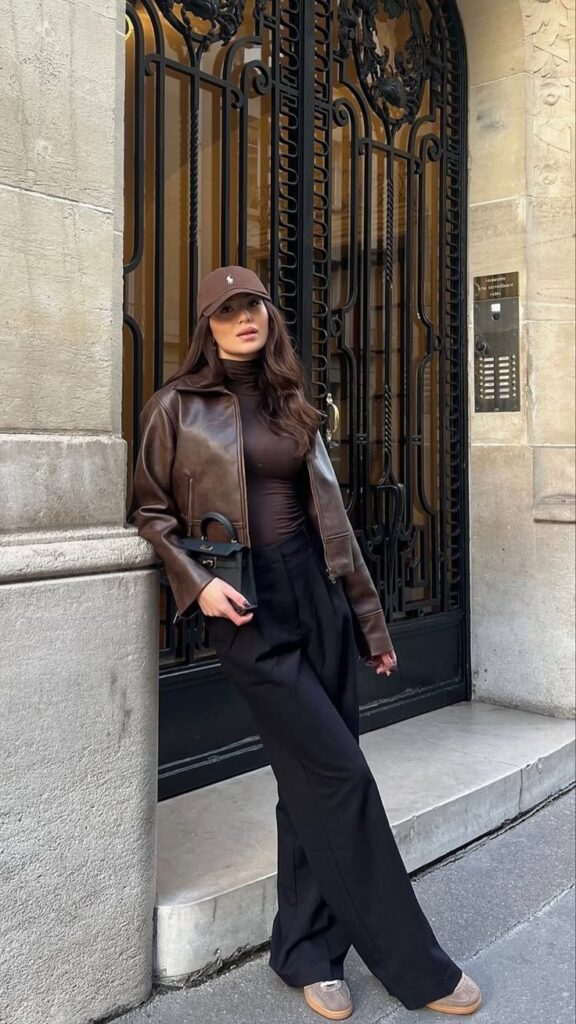
Autumn means layering with warmer pieces like sweaters and light coats. Earthy colors such as browns, oranges, and dark greens are common. People pick cozy fabrics like wool or thicker cottons.
Pants or skirts paired with boots are frequent choices. Scarves add both warmth and style. Layering is key—t-shirts under cardigans or light jackets help adapt to changing temperatures.
Winter Ensembles
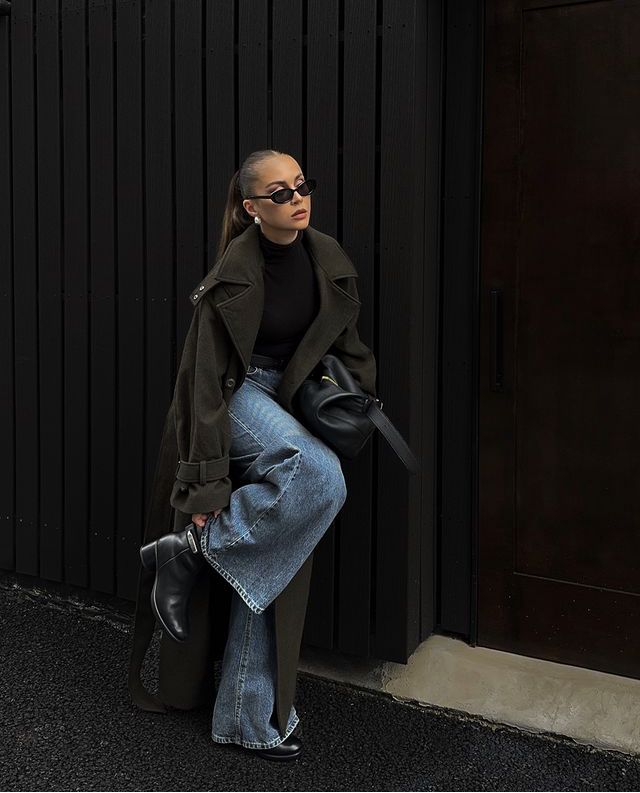
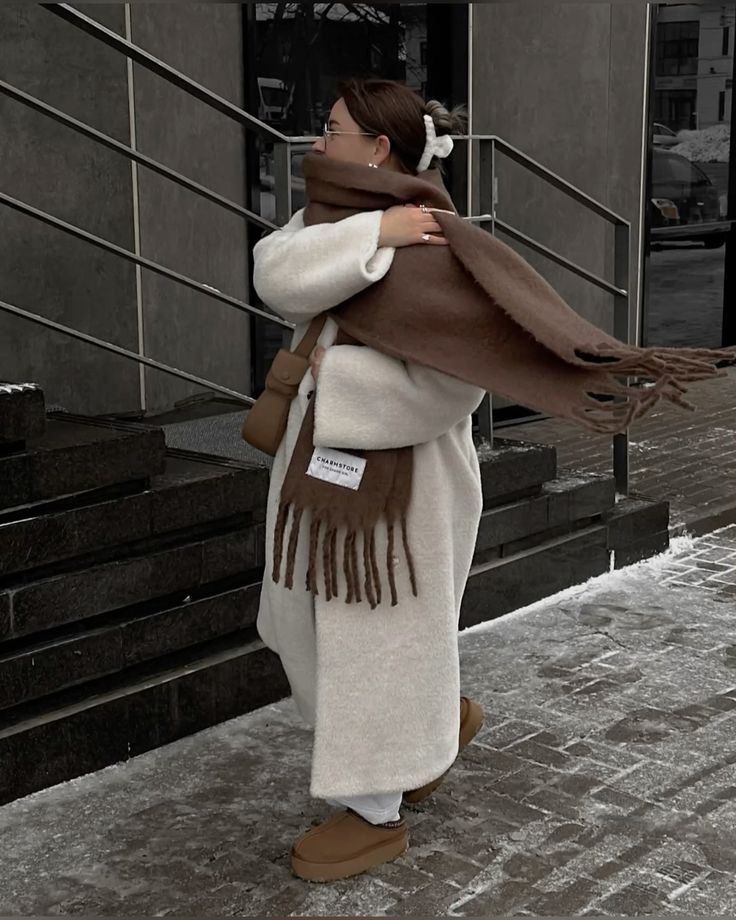
Winter requires heavier clothing to keep warm. Thick coats, parkas, and wool sweaters are necessary. Dark or neutral colors like black, gray, and navy dominate winter styles.
Accessories like gloves, hats, and scarves are essential. Layering thermal shirts under sweaters can add extra warmth. Footwear includes boots designed for cold weather and slippery surfaces.
Outfit Ideas for Special Occasions
Dressing for special events requires balancing style with the event’s tone. Knowing what fabrics, colors, and accessories fit different occasions can help create the right look without much effort.
Evening Party Styles
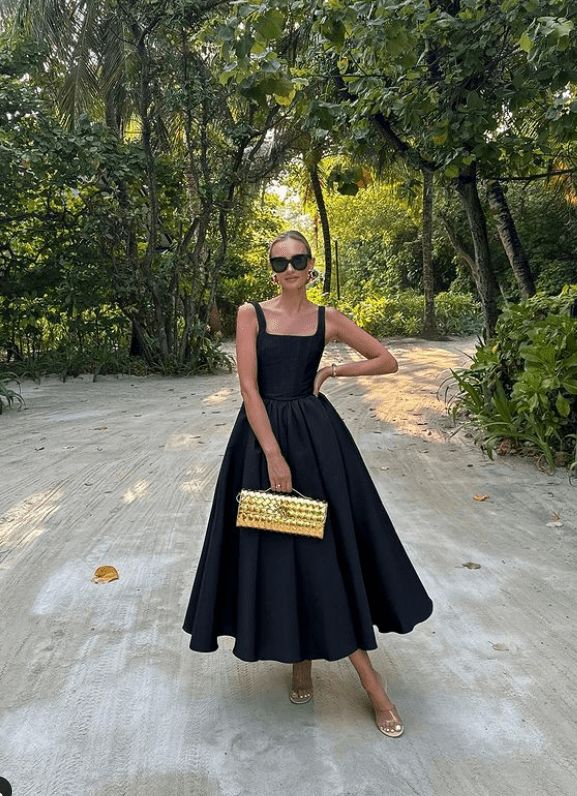
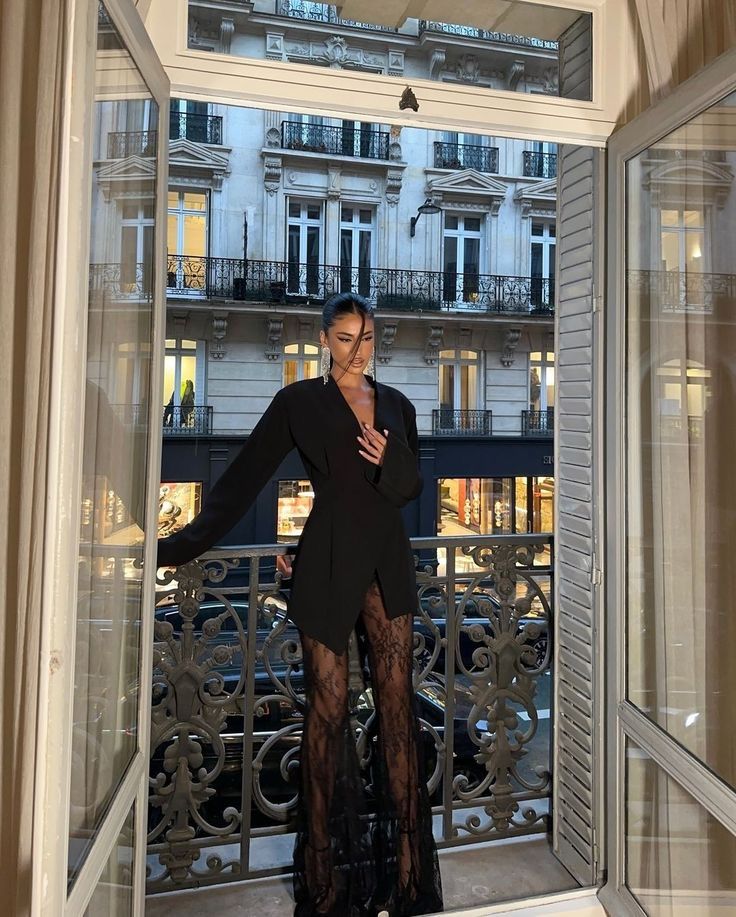
For evening parties, darker or jewel tones like navy, emerald, and burgundy work well. A fitted dress or a stylish blazer paired with tailored pants is a safe choice.
Women can choose elegant heels and simple jewelry. Men should opt for polished shoes and a crisp shirt, possibly adding a slim tie or pocket square.
Comfort matters too. Breathable fabrics like silk or lightweight wool keep one comfortable through the night. Avoid overly casual pieces like sneakers or t-shirts.
Date Night Outfits
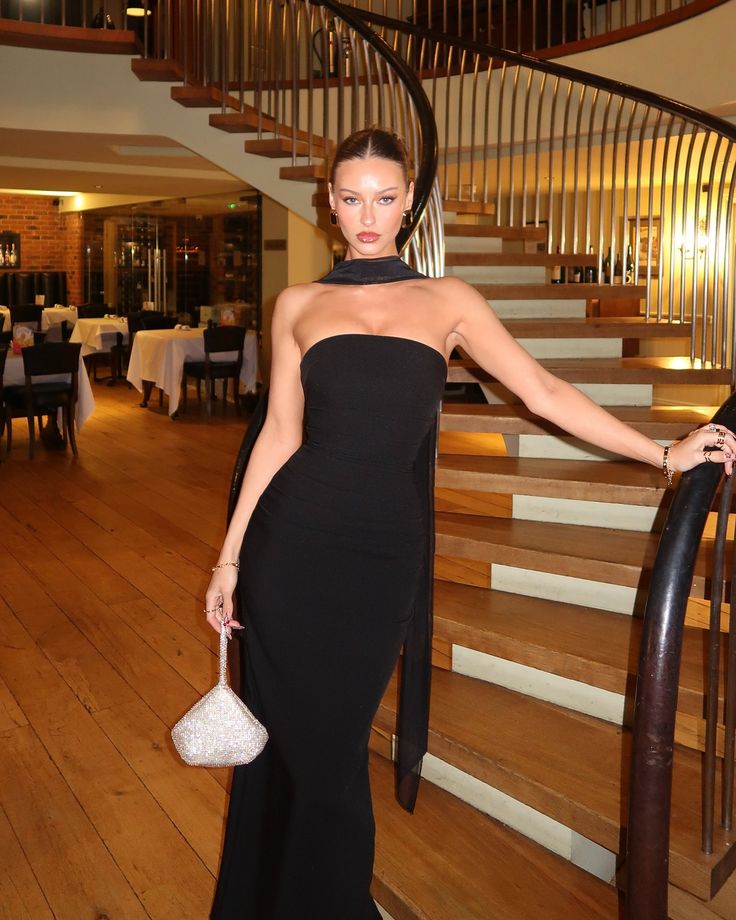
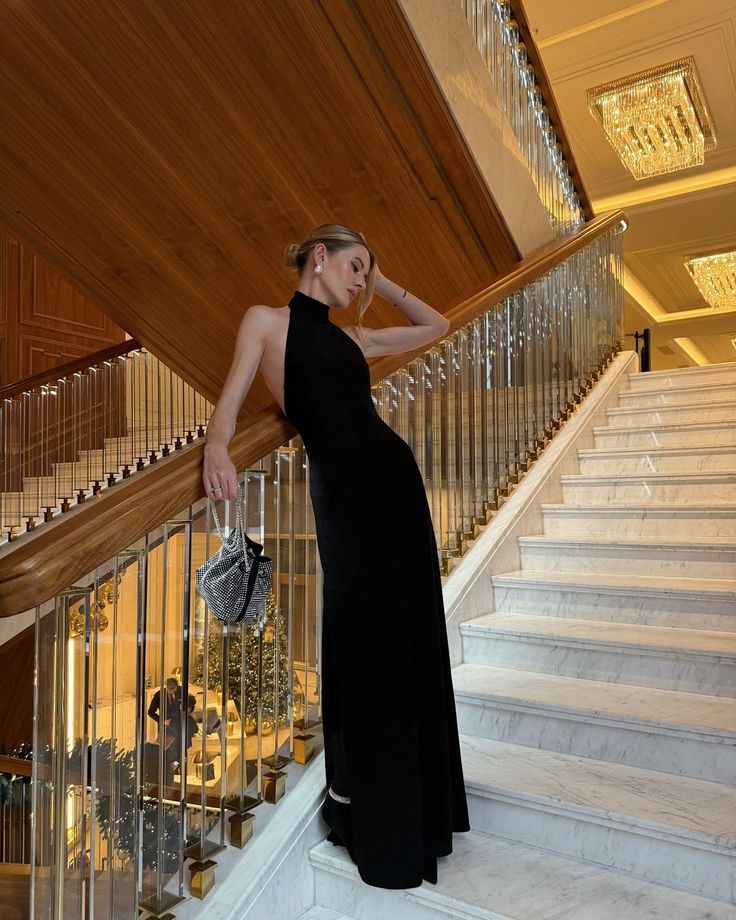
Date night outfits should mix casual and polished elements. A nice blouse with dark jeans or a midi skirt works for women. Adding a statement necklace or a stylish jacket can elevate the look.
Men can wear clean sneakers with chinos and a button-up shirt. A leather jacket or watch adds personality without going overboard.
Colors like soft pastels or deep reds can create a warm, inviting vibe. It is best to avoid outfits that are too flashy or too plain.
Holiday-Themed Looks
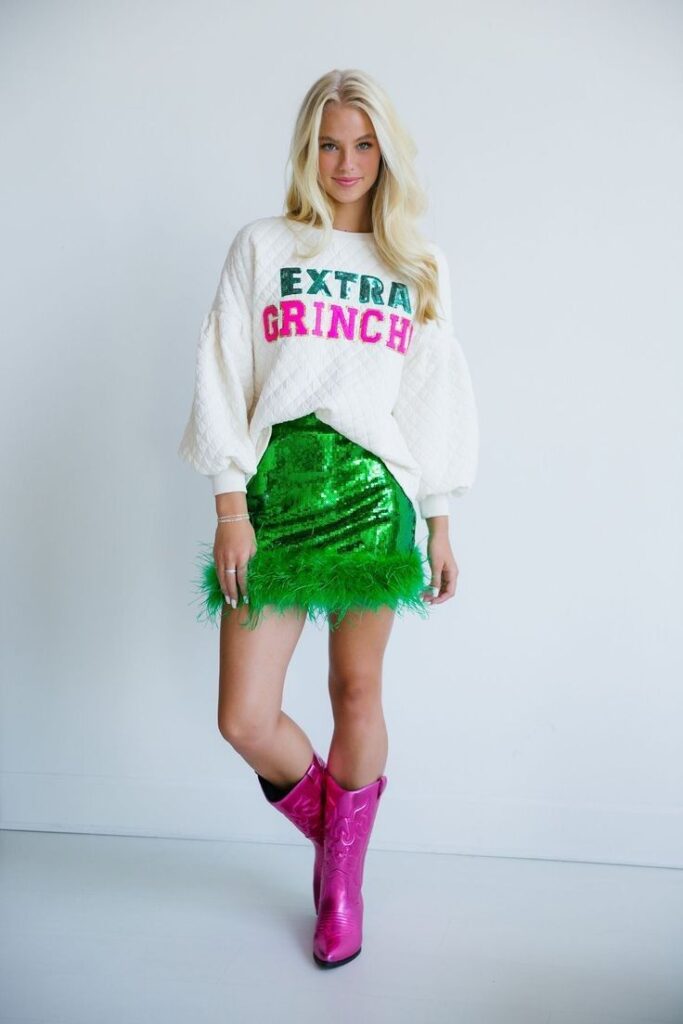
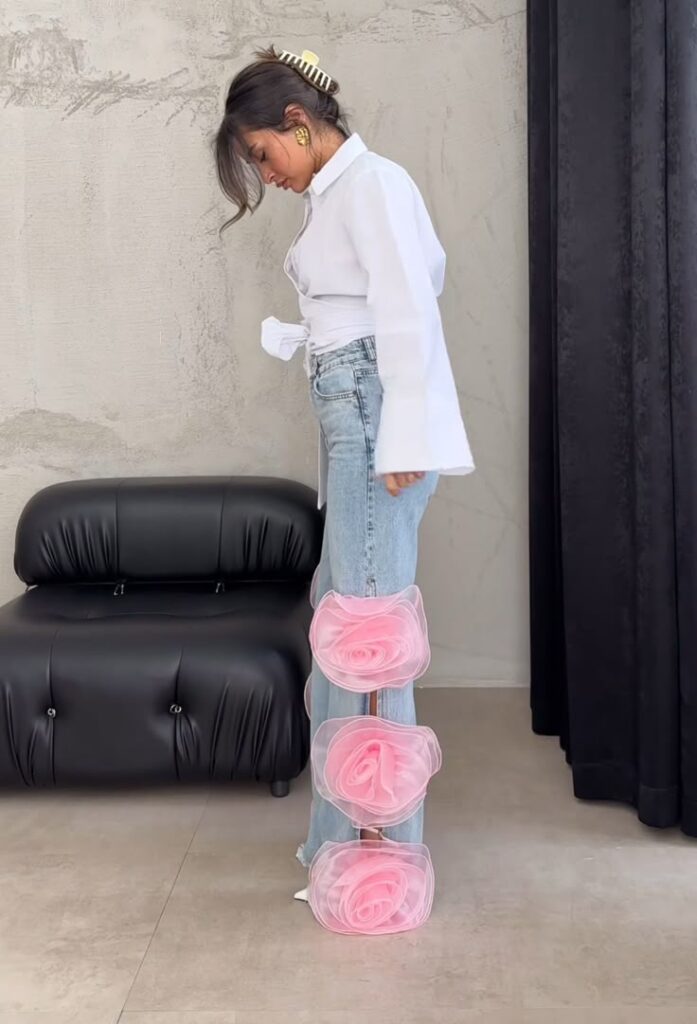
Holiday outfits often involve festive colors and themed accessories. Red, green, gold, and silver are popular choices for Christmas events. For more casual settings, cozy sweaters with subtle patterns work well.
Women might wear a dress with sparkly details or velvet textures. Men can add a holiday tie or a patterned sweater over a collared shirt.
Footwear should fit the environment—comfortable boots for outdoor gatherings and dress shoes for indoor parties. Balancing festive spirit with style is key.
Accessory Pairing Tips
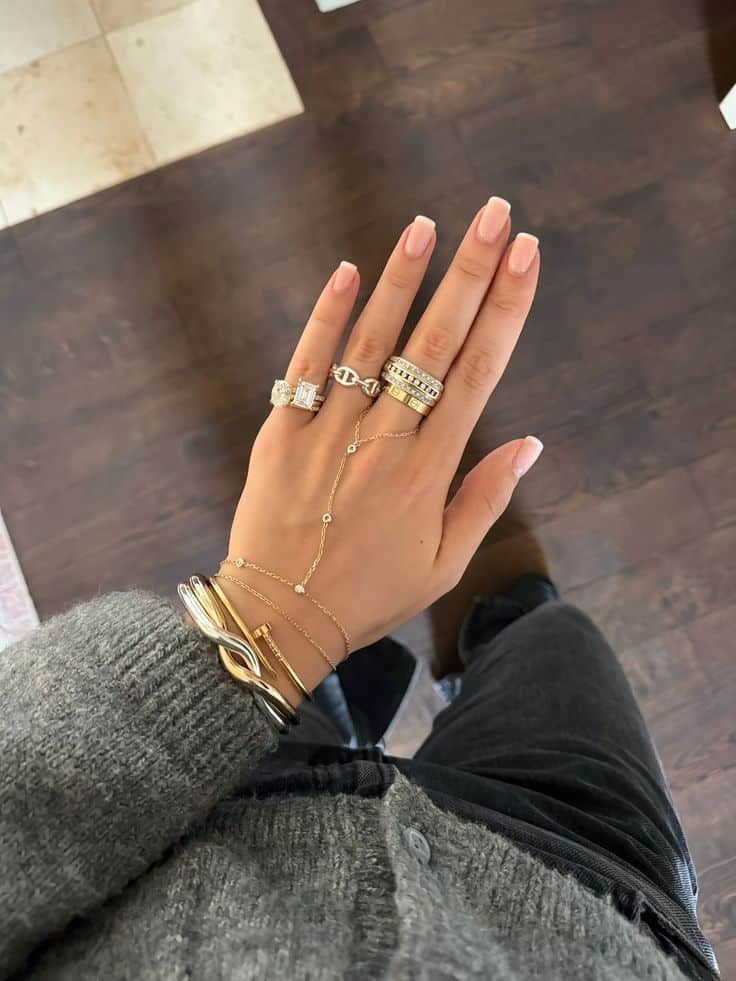
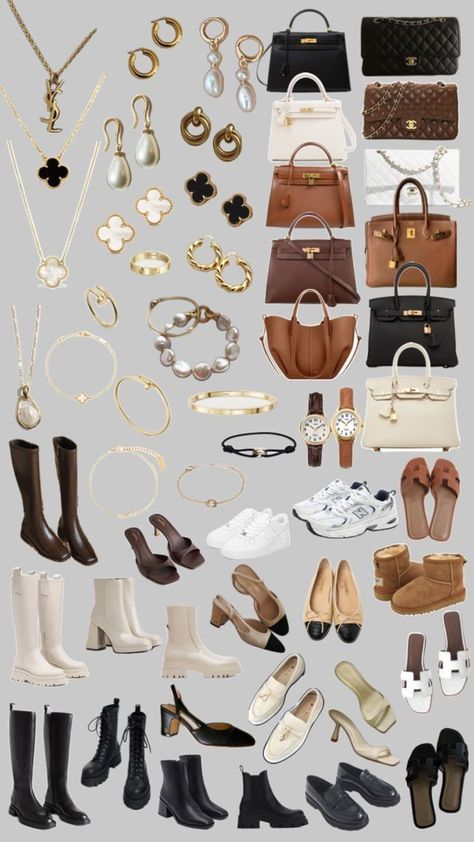
Accessories can change the whole look of an outfit. He or she should choose pieces that match the style and colors of the clothes.
Start with basics like a simple watch or classic necklace. These work well with many outfits without being too loud.
Bold accessories, such as bright scarves or large earrings, work best with plain clothes. They add interest without clashing.
When mixing metals, keep it to two types, like gold and silver. Using more can make the look confusing.
A good rule is to match the accessory size to the outfit. Light clothes need small, delicate pieces. Heavier fabrics go well with chunky, strong accessories.
Here is a quick guide:
| Outfit Type | Suggested Accessories |
|---|---|
| Casual | Simple bracelets, sneakers |
| Work | Subtle earrings, wristwatch |
| Evening | Statement necklace, clutch |
| Sporty | Headband, sporty watch |
Balance is important. If the outfit has busy patterns, choose simple accessories. For solid colors, fun or unique pieces can stand out.
Color can also guide pairing. Use the color wheel to find matching or opposite shades. For example, blue clothes go well with orange or silver accessories.
Finally, keep comfort in mind. No matter how stylish an accessory is, it should feel easy to wear all day.
Styling Outfits with Current Trends
Many current trends focus on bold accents and creative pairing. Using eye-catching items and mixing different patterns and textures can help create fresh, stylish looks. These techniques add interest and show personal style without overdoing it.
Incorporating Statement Pieces
Statement pieces are bold items that stand out in an outfit. They could be bright jackets, large accessories, or unique shoes. Wearing one statement piece keeps the look balanced and avoids looking too busy.
For example, a bright red blazer paired with simple black pants draws attention without clashing. Statement jewelry, like chunky necklaces or large earrings, can transform plain outfits. It’s important that statement pieces fit well and match the occasion.
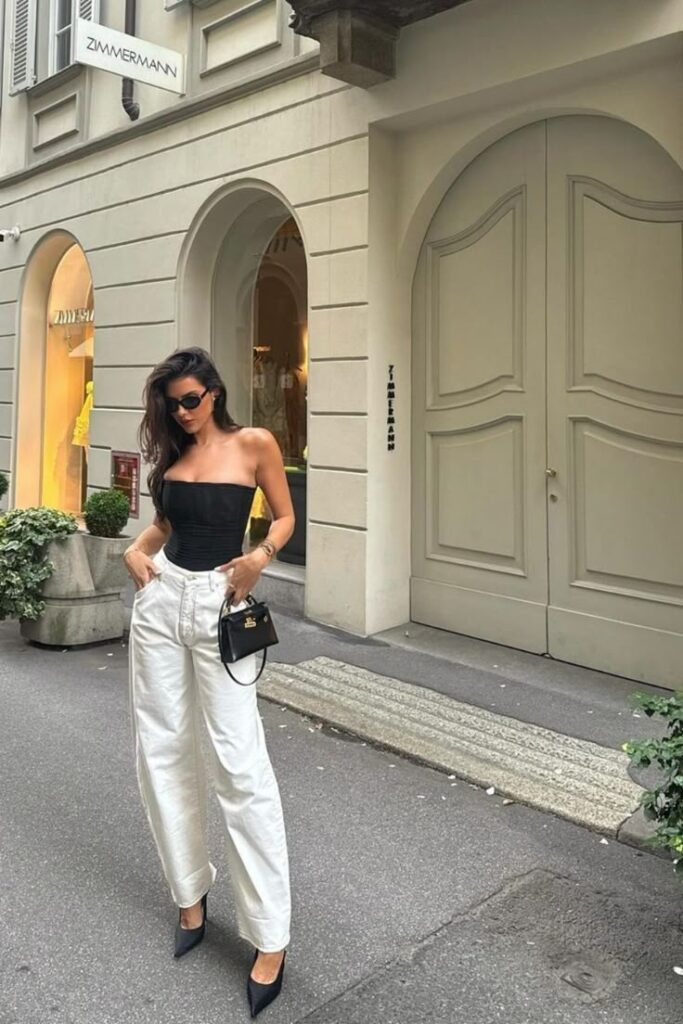
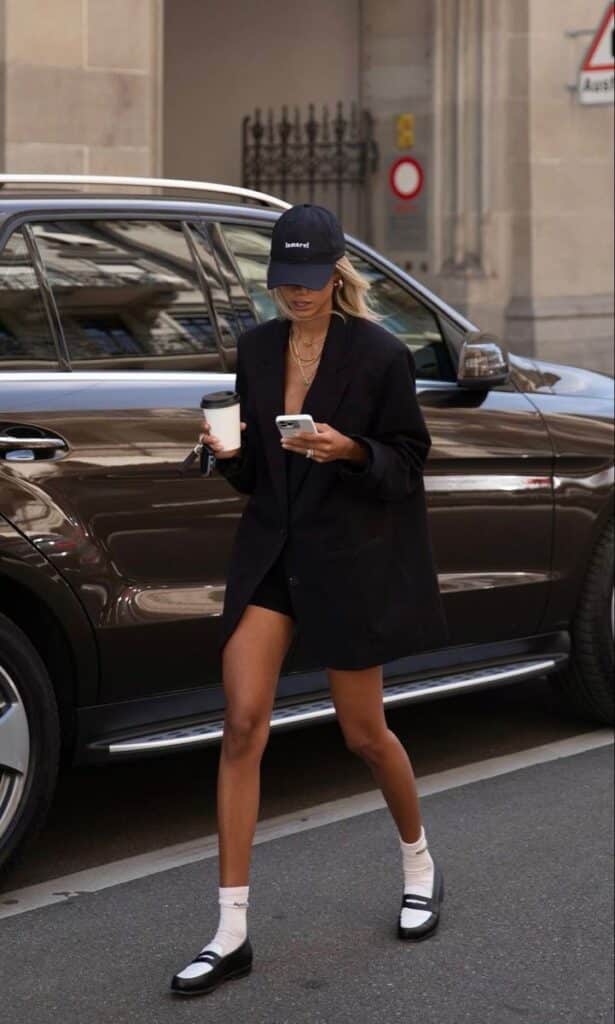
Mixing Patterns and Textures
Combining patterns like stripes and florals can create a modern outfit when done carefully. The key is to mix patterns with similar colors or sizes to avoid clashing. For instance, a thin-striped shirt under a floral jacket with matching colors works well.
Textures also play a role. Pairing smooth fabrics like silk with rougher ones like denim or knit adds depth. A velvet skirt with a cotton top shows texture contrast. Mixing patterns and textures adds dimension and keeps looks interesting but balanced.
10 Outfit Ideas for Every Budget
There are ways to look good without spending too much. Some clothes work well as everyday basics, while others are worth buying for their quality and style. Knowing what to save on and what to invest in helps create a balanced wardrobe.
Affordable Staples
Affordable staples are simple pieces that fit with many outfits. Items like plain t-shirts, jeans, and cardigans can be bought cheaply but worn often. These basics are easy to mix and match for different looks.
Look for sales or discount stores to get these items. Focus on neutral colors such as black, white, navy, or gray. These colors fit well with other clothes and make outfits look clean and put together.
Choosing affordable staples means paying less but getting more wear out of each piece. Quality matter less here, as these are not meant to last for years but more for regular use and easy style changes.
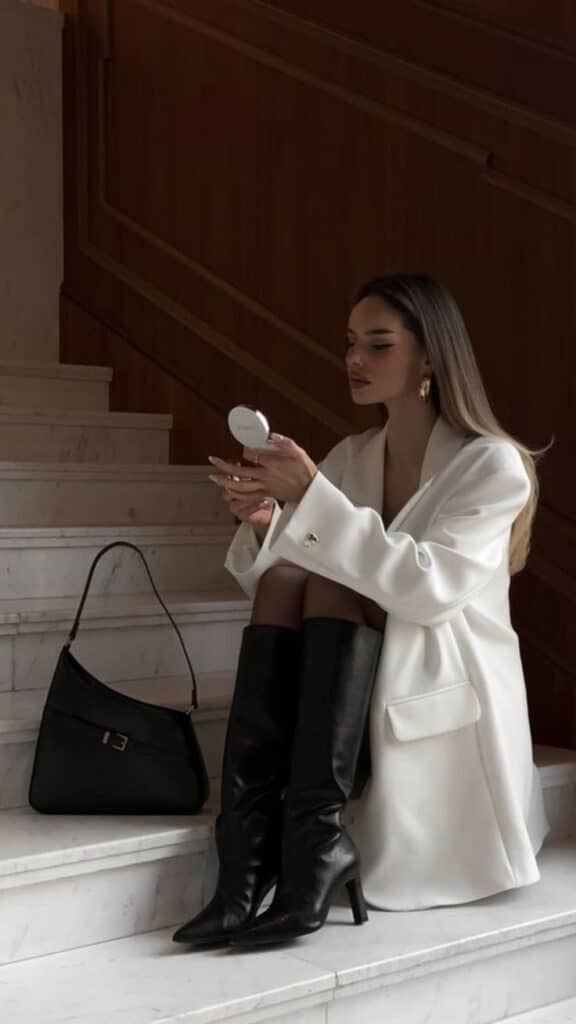
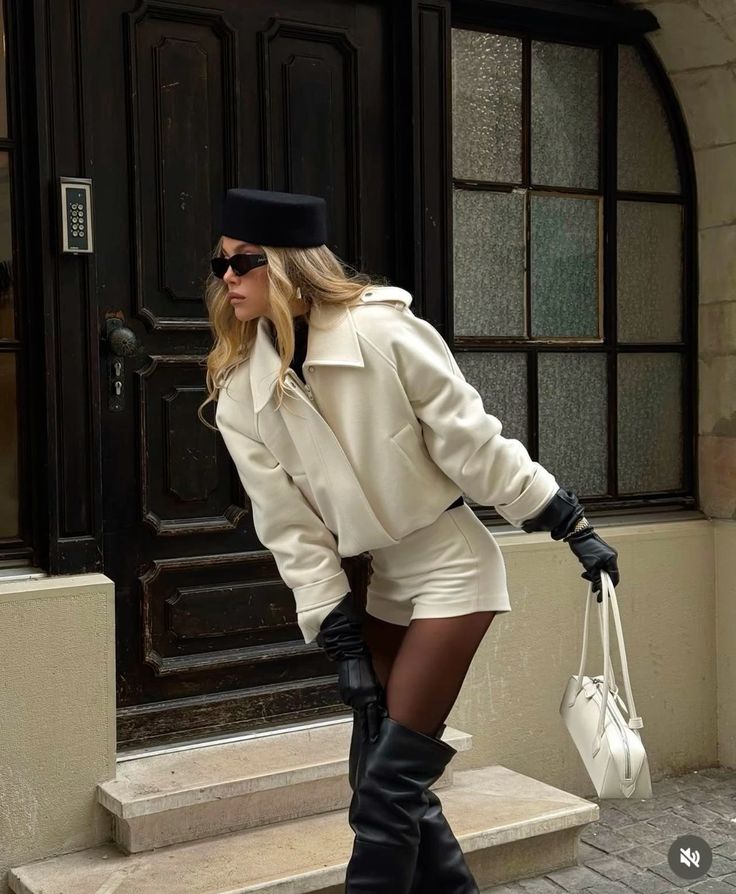
Investing in Key Pieces
Key pieces are items worth spending more money on. These include things like a quality coat, well-made shoes, or a tailored blazer. They last longer, look better, and can elevate simple outfits.
Investing in these helps bring style and durability to a wardrobe. For example, a good leather jacket adds polish and can last many seasons. Choose durable materials like leather, wool, or thick cotton.
People should think about fit and comfort with key pieces. A well-fitting item maximizes the investment. Buying fewer, higher quality things instead of many cheap items creates a more stylish and sustainable closet.
Sustainable and Eco-Friendly Outfit Ideas
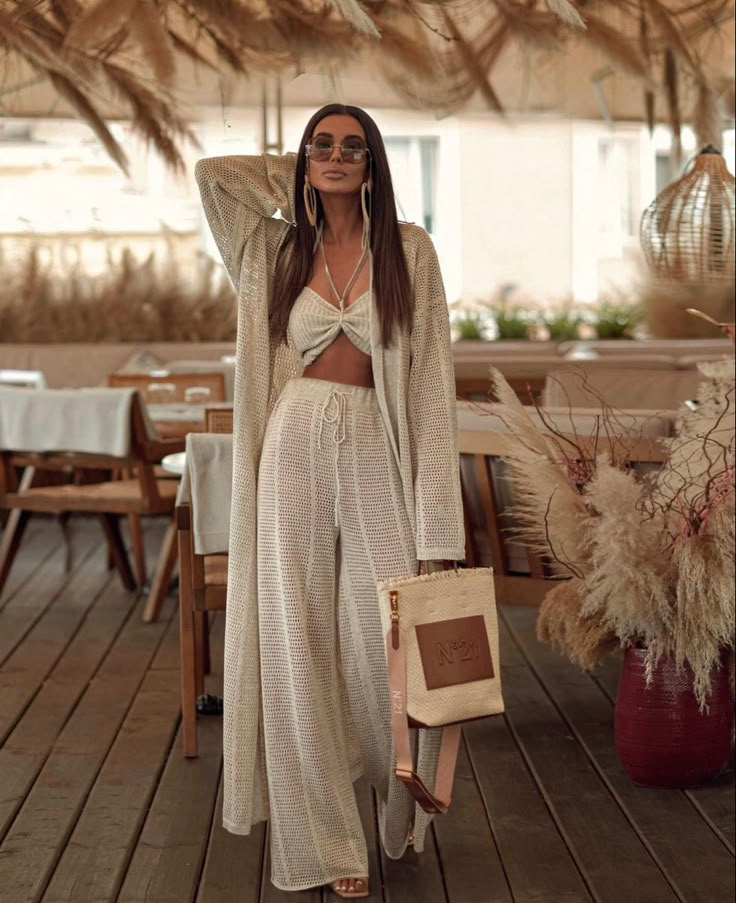

Sustainable fashion focuses on using clothes that are better for the planet. It means choosing items made from natural or recycled materials. These outfits reduce waste and help protect the environment.
One simple idea is to wear organic cotton t-shirts or linen dresses. These materials use less water and fewer chemicals. They are breathable and last longer than synthetic fabrics.
Another option is to buy from brands that use recycled fabrics. For example, jackets made from recycled plastic bottles are common now. This helps keep waste out of landfills.
Thrifting or shopping secondhand is a popular way to be eco-friendly. It gives clothes a new life and cuts down on demand for new production. People can find unique pieces this way.
Here is a short list of sustainable outfit ideas:
| Item Type | Material | Benefit |
|---|---|---|
| Denim jeans | Organic cotton | Less water use |
| Sweaters | Recycled wool | Reuses old wool |
| T-shirts | Bamboo | Renewable and soft |
| Outerwear | Recycled polyester | Reduces plastic waste |
Mixing these pieces can create stylish and planet-friendly outfits. Small choices add up to big changes over time.
- 233shares
- Facebook0
- Pinterest233
- Twitter0

